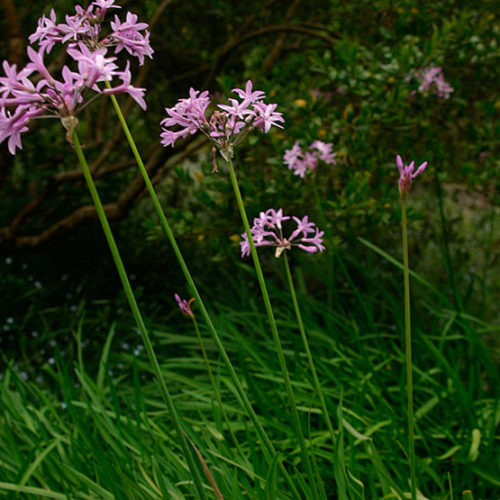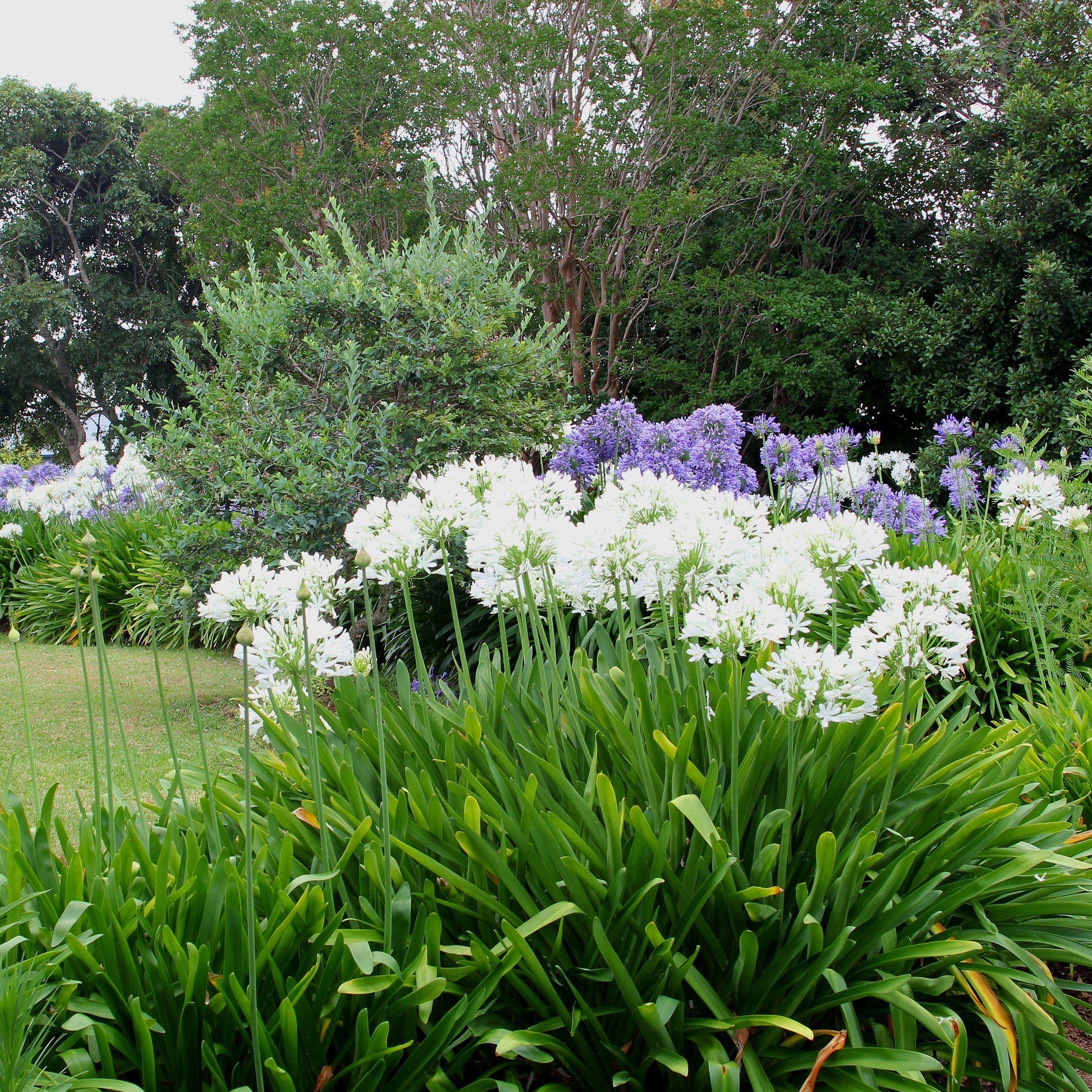Agapanthus Treatment Tips for Lush and Vibrant Flowers
Agapanthus Treatment Tips for Lush and Vibrant Flowers
Blog Article
Mastering the Art of Agapanthus Treatment: Essential Actions for Healthy And Balanced Growth and Vivid Flowers
In the world of gardening, the growing of agapanthus stands as a gratifying endeavor for those that seek to nurture these stylish flowering plants. With their striking blooms and stylish vegetation, agapanthus has actually caught the interest of gardeners worldwide. However, achieving ideal growth and dynamic blossoms needs a nuanced strategy that encompasses numerous essential steps. From selecting the appropriate variety to understanding trimming methods, the journey in the direction of cultivating flourishing agapanthus plants is diverse and holds the essential to unlocking the complete capacity of these agricultural gems.

Selecting the Right Agapanthus Selection

When selecting the appropriate Agapanthus range for your garden, take into consideration elements such as environment suitability, bloom shade, and growth routine. Additionally, take into consideration the climate in your area to guarantee the Agapanthus variety you select can flourish in your details conditions. Recognizing the growth habit of various Agapanthus ranges is crucial for appropriate positioning within your garden.
Suitable Planting Conditions
Considering the ideal ecological demands is important for effective Agapanthus cultivation. Agapanthus plants are delicate to cool temperatures and must be shielded from frost during winter season months.
To ensure healthy and balanced development and vibrant flowers, plant Agapanthus light bulbs at a deepness of concerning 2-4 inches and room them 8-12 inches apart. Including natural matter, such as compost, to the soil can enhance drain and fertility, promoting durable origin advancement. Mulching around the base of the plants aids preserve dampness and subdues weed development. Regular watering is essential, particularly during the growing season, to maintain the dirt constantly wet yet not saturated.
Watering and Feeding Tips
Preserving proper moisture degrees and providing crucial nutrients are essential elements in the care program for Agapanthus plants. When it comes to sprinkling Agapanthus, it is vital to strike an equilibrium. These plants choose regularly wet dirt but are susceptible to root rot if overwatered.
Feeding Agapanthus is important for advertising healthy growth and prolific flowers. Apply a balanced plant food, such as a 10-10-10 formula, in the very early spring as brand-new growth emerges. By adhering to these watering and fertilizing tips, you can ensure your Agapanthus plants flourish and create dynamic, long-lasting blossoms.
Pruning Methods for Agapanthus
Trimming Agapanthus plants at the proper times and with appropriate methods is crucial for keeping their wellness and promoting optimum growth and flowering. The ideal time to trim Agapanthus is in late winter season or early spring before brand-new growth arises.
For flowered stems, wait till the flowers have actually withered and after that trim them back to the base. This not just cleans up the plant's look however also encourages the growth of brand-new blossom buds. Deadheading invested flowers can also redirect the plant's energy right into creating even more flowers as opposed to establishing seeds. However, if you wish to accumulate seeds for proliferation, leave some flowers to fully grown and completely dry on the plant.
Bear in mind to utilize tidy, sharp tools to make accurate cuts and minimize the risk of presenting illness. Agapanthus. Routine pruning will certainly help maintain your Agapanthus looking cool and healthy and balanced while making sure a bountiful display of beautiful flowers
Dealing With Typical Parasites and Illness
After ensuring correct trimming methods for Agapanthus, it is necessary to resolve typical insects and conditions that can impact the wellness and vigor right here of these plants. Agapanthus plants are generally sturdy however can still succumb certain problems. One typical bug that influences Agapanthus is the Agapanthus gall midge. This tiny, orange fly lays its eggs in the vegetation, bring about altered development and blossom buds that stop working to open up. To combat this pest, prune and damage any kind of afflicted plant parts and take into consideration making use of insecticidal soap.
An additional common problem is fungal fallen leave spot, which This Site provides as dark lesions on the leaves. To stop fungal illness, make sure good air flow around the plants, stay clear of above watering, and get rid of any type of contaminated leaves quickly. Additionally, Agapanthus plants can struggle with origin rot if they are grown in improperly draining soil. To stop this, plant Agapanthus in well-draining dirt and avoid overwatering. By being alert and taking prompt action against insects and diseases, you can aid your Agapanthus plants grow and create lively blooms.

Final Thought
In final thought, mastering the art of agapanthus care entails picking the ideal range, supplying optimal planting conditions, correct watering and feeding, suitable trimming methods, and addressing usual parasites and illness. By following these important steps, you can make certain healthy and balanced growth and vivid blossoms for your agapanthus plants. Keep in mind to frequently monitor and keep your plants to promote their overall health and durability.
To ensure healthy and balanced development and dynamic blossoms, plant Agapanthus bulbs at a depth of concerning 2-4 inches and space them 8-12 inches apart. By adhering to these watering and fertilizing tips, you can guarantee your Agapanthus plants flourish and generate dynamic, long-lasting flowers.
One common bug that affects Agapanthus is the Agapanthus gall midget. Additionally, Web Site Agapanthus plants can endure from root rot if they are grown in badly draining pipes soil. By adhering to these important actions, you can make certain healthy development and dynamic blossoms for your agapanthus plants.
Report this page